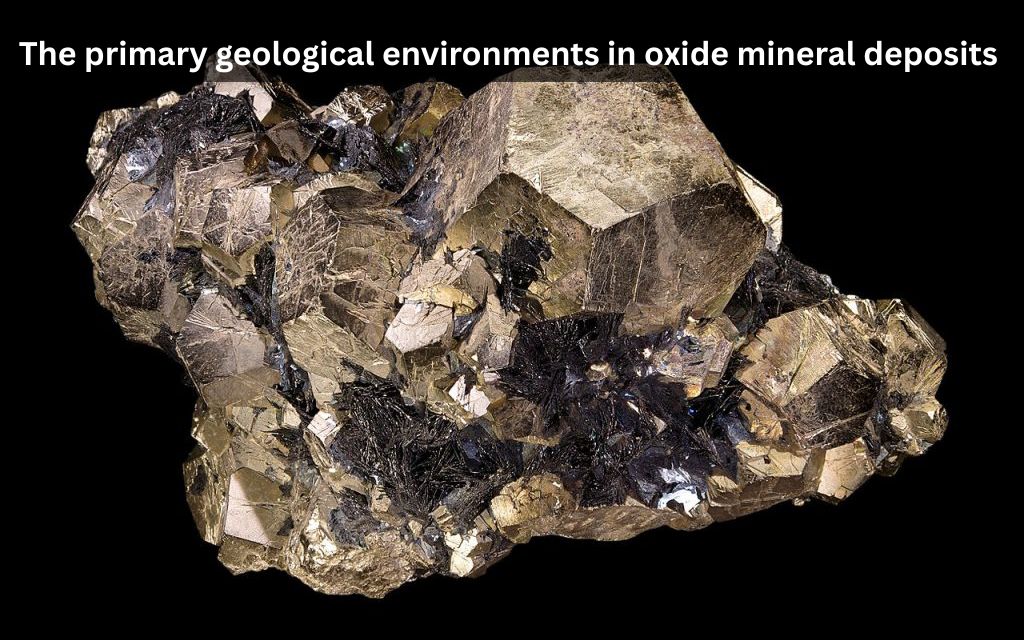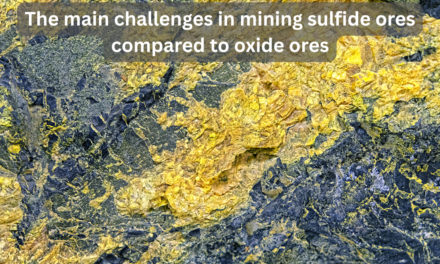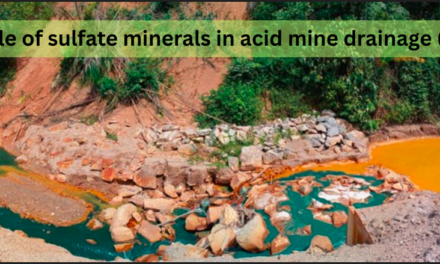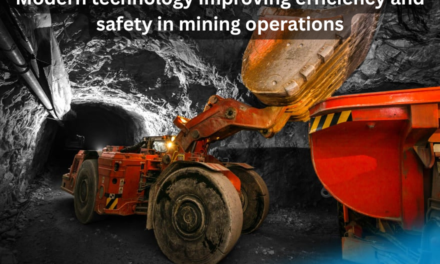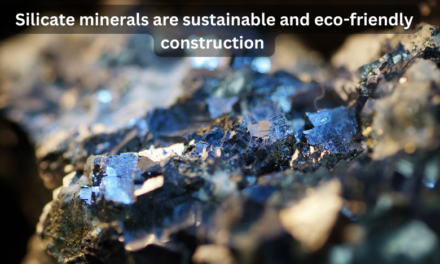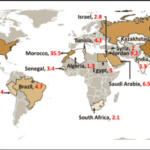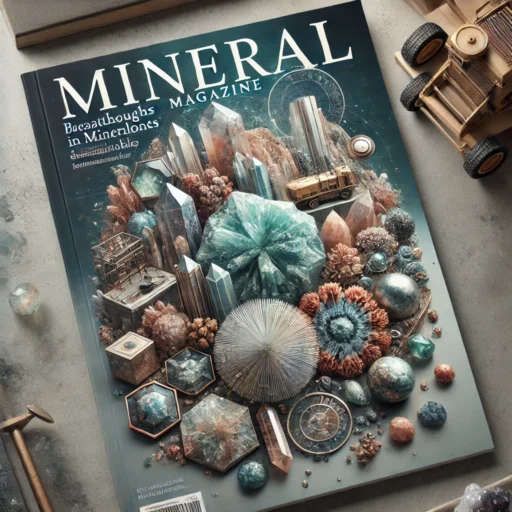Oxide mineral deposits are found in a variety of geological environments, each formed through different processes. These environments are typically characterized by the presence of specific conditions that allow the formation of oxide minerals, often involving weathering, alteration, and oxidation of primary ores or minerals. Here are the primary geological environments where oxide mineral deposits are typically found:
1. Sedimentary Environments
- Weathering and Erosion: Oxide minerals are often the result of weathering and erosion of primary ore minerals (e.g., sulfides, silicates) over long periods of time. As the original minerals break down, oxidation leads to the formation of secondary oxide minerals.
- Example: Bauxite (Aluminum ore) is commonly found in tropical and subtropical regions as a product of the intense weathering of aluminum-rich rocks (like kaolinite and feldspar).
- Iron Deposits: Hematite and goethite (iron oxides) form through the oxidation of iron-rich minerals, such as magnetite, in the presence of oxygen and water. These can accumulate in sedimentary basins or near ancient riverbeds.
- Example: Iron ore deposits like the Hamersley Basin in Australia or the Carajás Mine in Brazil are examples of sedimentary iron oxide deposits.
2. Weathering Zones (Lateritic Environments)
- Laterite Formation: Lateritic soils are rich in oxide minerals, particularly iron, aluminum, and nickel oxides, formed in tropical climates with intense chemical weathering of silicate rocks. Over time, these weathered materials concentrate oxide minerals such as hematite, gibbsite, and limonite.
- Example: Bauxite deposits form in tropical climates in lateritic soils, typically from the weathering of granite or basalt. Large bauxite deposits, such as those in Jamaica, Guinea, and Australia, have developed in these zones.
3. Hydrothermal Environments
- Oxidation of Sulfide Minerals: In hydrothermal environments, where hot, mineral-rich fluids circulate through rocks, sulfide minerals (e.g., pyrite or chalcopyrite) can be altered by oxygen and water to form oxide minerals. This process is known as supergene oxidation, and it often leads to the formation of valuable oxide ores.
- Example: Copper oxide deposits (e.g., malachite and azurite) form from the oxidation of copper sulfide minerals in supergene zones, typically in regions where oxidation is promoted by surface water infiltration.
- Manganese Oxides: In some hydrothermal deposits, manganese oxides like pyrolusite can accumulate. These deposits typically form in manganese-rich hydrothermal solutions in sedimentary basins or volcanic regions.
4. Volcanic Environments
- Volcanic Rocks and Oxide Formation: In volcanic environments, silica and iron oxides can form as a result of volcanic glass (e.g., obsidian) or from the alteration of basaltic or andesitic rocks. When exposed to weathering, these minerals can oxidize and form secondary oxide minerals.
- Example: Magnetite and ilmenite often form as a result of volcanic igneous activity. Magnetite is typically associated with volcanic rocks and can be found in sedimentary deposits formed through weathering.
5. Oxidation Zones of Sulfide Ore Bodies (Supergene Zones)
- Supergene Enrichment: In supergene zones, where groundwater and surface water can interact with sulfide ore bodies, oxidation processes occur, converting sulfide minerals (e.g., chalcopyrite or pyrite) into oxides like hematite, goethite, or gibbsite. These deposits often form near the surface of the earth, in places where oxidation has concentrated the metal in its oxide form.
- Example: The copper oxide deposits found in Chile and Africa often form in the supergene enrichment zones, where copper sulfides are oxidized into copper oxides such as malachite or azurite.
6. Pegmatitic and Granitic Environments
- Granite Weathering: Some oxide minerals, such as cassiterite (tin oxide) and columbite (niobium oxide), are found in granitic environments, often as part of pegmatitic veins or in the weathered zones of granite formations.
- Example: Cassiterite is a common source of tin and is often found in granite-hosted deposits, especially in regions like Southeast Asia and parts of Africa.
7. Alluvial Environments (Secondary Deposits)
- Secondary Enrichment: Over time, weathered oxide minerals can be transported by water and deposited in alluvial environments (e.g., river beds, deltas). These deposits are often concentrated by hydraulic sorting and natural processes.
- Example: Placer deposits of gold and diamonds often contain gold oxides or other oxide-bearing minerals that have been transported and concentrated in river beds or beaches.
Conclusion
Oxide minerals are found in a variety of geological environments, each contributing to the formation of economically important ore deposits. Key environments include:
- Sedimentary basins and weathering zones (lateritic environments), which form important oxide ores like bauxite and hematite.
- Hydrothermal systems and volcanic environments, where oxidation of sulfide minerals forms copper oxides and iron oxides.
- Supergene zones around sulfide ore bodies, where oxidation processes enrich ores in their oxide form (e.g., copper and iron oxides).
- Pegmatitic and granitic environments, where tin and niobium oxide minerals are concentrated.
Understanding the geological environments where oxide mineral deposits are found is crucial for exploration and mining efforts, as these areas are often rich in valuable metals used in a wide range of industries.

